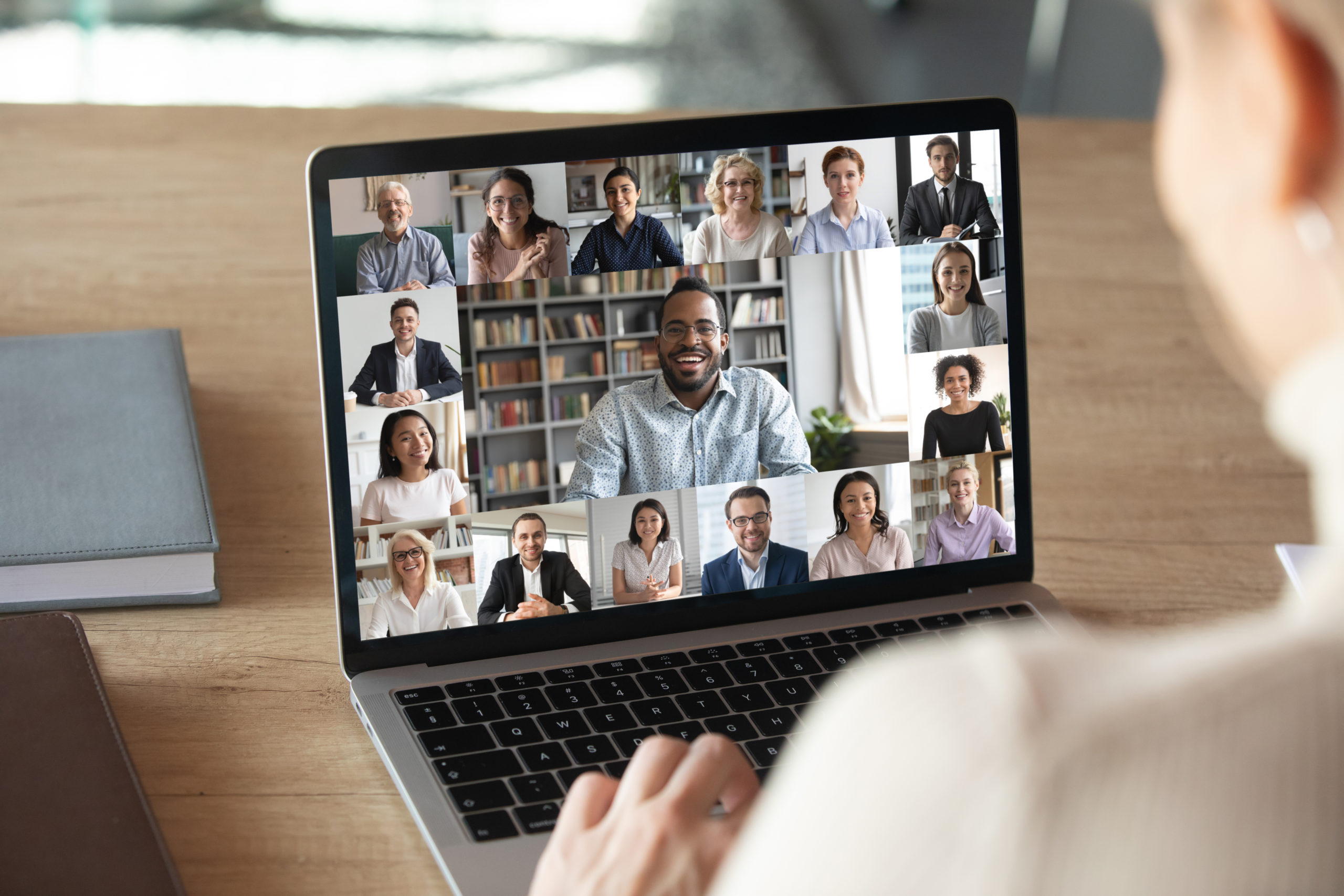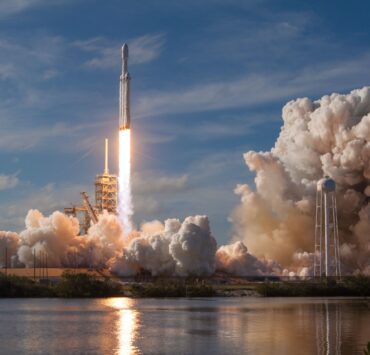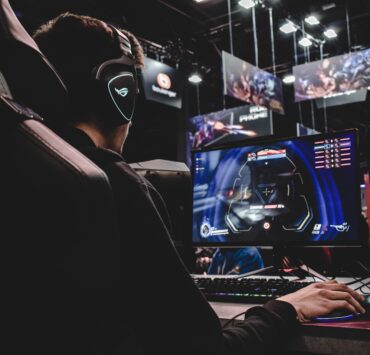With the various changes to businesses that have entailed as a result of the devastating effects of COVID-19, one can’t help but wonder if these changes will have a permanent impact on operations. Will businesses adopt these changes as long-term practices? Or revert to old methods once they feel it is once again safe?
We had previously discussed the Future of Mobility Post COVID-19, of the permanent effects and innovation that have come as a result of the pandemic. But will we see the same or similar results when it comes to the future of work?
For this, we must look at other countries and other times in history for an example to model after. What trends and changes have occurred from SARS, N1H1, bird flu, and natural disasters?
Be it a biological or natural disaster; we must observe the changes that have occurred.
The Future of Work
When it comes to the topic of the future of work in a post COVID world, an online search will yield a wide variety of results. We must consider the results and implications for a number of reasons, ranging from things such as how we conduct business to thriving in this ever-evolving business industry.
The focus on the future of work has always been embraced by organizations that were thinking about technology and innovation and the way it impacted products or services they delivered.
We are now forced to advance with the integration of technology in the workplace, bringing about a foreseen future sooner than anticipated. Prior to the pandemic, there were already discussions about how technology and artificial intelligence, for instance, could change the future of work.
With the precautions and restrictions implemented to contain the transmission of COVID-19 by many companies across the world, remote work has become commonplace, as well as the use of digital platforms.
As of March 27, it is estimated 16 million U.S. knowledge workers started working remotely, a number that is likely much higher now. As the restrictions begin to be lifted, we begin to question whether these changes will become the new normal.
What is the new normal?
What began as a few weeks of working from home has grown to become the catalyst that made us question how we work and live. Perhaps it is just what we needed to move past a business model that has long since been outdated. With eighty percent of U.S. workers stating they would turn down a job that didn’t offer flexible working, it is clear that employees seek to diverge from the current model.
The lack of job flexibility has had a variety of negative impacts on employees, such as the delay of starting a family in favor of advancing in their careers.
Remote work offers employees the freedom they seek while allowing businesses to attract and retain talent through nonmonetary means. Although one must also consider what this flexibility means.
Experts on Crain’s Future of Work Panel found what really matters to employees are customized arrangements, “If you have 3,000 employees, you have 3,000 definitions of flexibility ” George Brooks, Americas Leader, People Advisory Services for Ernst & Young LLP.
With a few large companies agreeing to make remote teleworking the new standard, eliminating the need for employees to commute to work unless they choose to. What changes can we expect to see as a result of these changes?
Concerns and Challenges
While there are many recorded benefits, both for employees and employers, this change comes with its fair share of concerns. While the shift has enabled companies to continue operation while ensuring their employees’ health and safety and allow employees more time with their loved ones, it has inadvertently blurred the line between work and one’s private life. Leading to an increase in stress and exposure to mental health risks.
Additionally, these changes could further the racial divide that unfortunately still plagues the U.S.with only 19% of African Americans and 16% of Hispanics able to work from home based on their jobs. With many of them feeling concerned as to whether they had the appropriate set up to work remotely.
From the perspective of an employer, there are concerns such as those of cybersecurity. With companies providing more employees with remote work computers and the use of one’s personal mobile device to access emails, there comes the need to heighten cybersecurity.
With security breaches on the rise with the number of cases only expected to increase remote work increases the area where a company can be attacked. Which could have devastating consequences both in terms of monetary loss and a damaged reputation.
Looking Back at Past Disasters and Disruptions
When looking for an example to parallel the current shift in business and industry, the closest example might be that of the American military in relation to the disruption caused by the attacks in September of 2001 on 9/11. Prior to the attacks, the U.S. military-industrial complex was structured to prepare itself for a large war, likely to be fought against the remnants of the Soviet Union in the form of a new Russian Army– but they were never accused of having a strong culture of innovation.
Unfortunately, the American military as an institution that magnitude was not designed to retool itself and its business practices to accommodate a new threat as quickly as it might have needed to. At best, it was an organization of small, incrementals innovations.
After 20 years of being at war, we began to see some significant institutional changes. This included people being allowed to pick their assignments, how we hire into the military, and the ability for lateral entry to move into senior positions. This is relevant because the U.S. military was based on a hierarchical system.
When it found itself in a 20-year war, it suddenly found itself with teams led by leaders of all levels. Placing younger officers and noncommissioned officers in a position of increased responsibility. To complicate matters further, the U.S. military found itself at the center of peacekeeping operations it was not designed to handle. It powered down authority and responsibility in a way few institutions have.
After two decades, the United States military has created new practices that will institutionalize the practice of empowered leaders at the lowest levels. The empowerment they feel occurs not just in the tactical nature of the combat actions but stateside decisions about career planning and job assignments. It was the disruptive innovation caused by outside forces of 9/11 that ended up shaping the future of military operations just as COVID is shaping business today.
Conclusion
As we move forward in the era of COVID and look toward the era succeeding it, we must look to history for parallels. Not limiting ourselves to these changes as merely being short-term but looking to expand upon them further.
We should consider what it is that we are doing better in this era of COVID as opposed to the era preceding it. Be it a matter of a flexible scheduling, what we wear, or the manner in which we hire or even fire. It is essential that we decide what it is that we want to endure and even make common practice in a post COVID world.
While COVID is in itself a tragedy, it has become a catalyst. Producing many areas of greater efficiency and higher levels of productivity. It is up to American industry and business to capture the best of the current changes and hold them with the best practice of the pre-COVID world.
Join the Catalyst Monitor
Join our community, where we push out regular insights to help maintain situational awareness on technological and socioeconomic trends.



